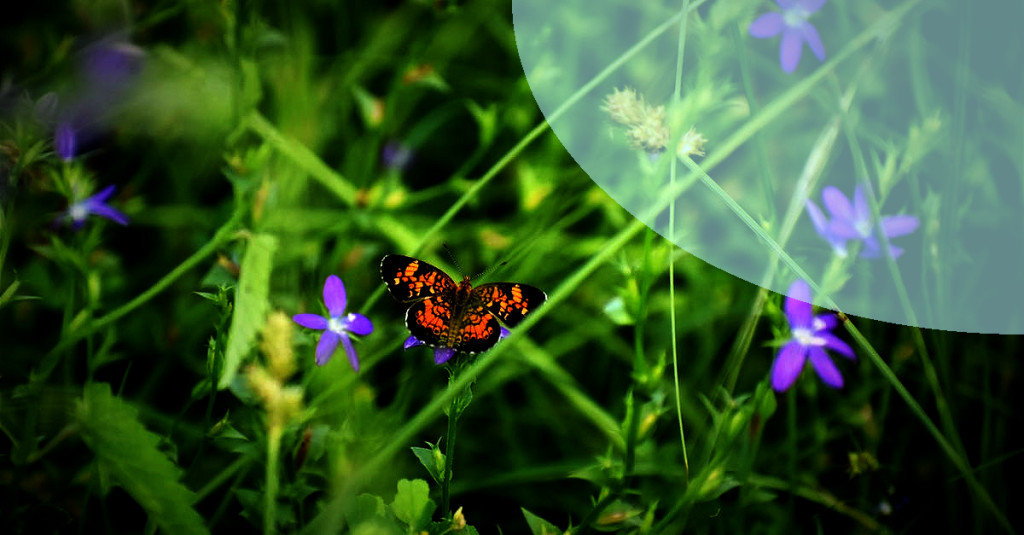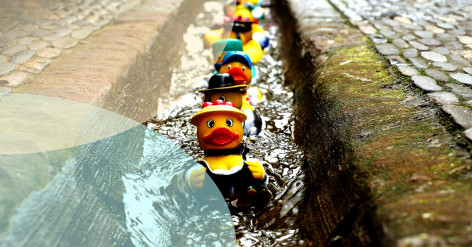DIY Guide: Creating a Butterfly Garden

The Symphony of Blooms: Choosing the Right Plants

Unveil the magic of nature in your backyard, making it a home for fluttering butterflies. In this DIY guide, we are going deep into how you can transform your outdoor space into a blooming haven that attracts these delicate winged creatures.
Crafting the Garden Layout

Before you start your butterfly garden, you need to choose the right plants. Let's understand the science behind it. Butterflies, as we know, go through multiple life stages â egg, caterpillar, chrysalis, and adult. They need specific host plants for laying eggs and plants that offer nectar for adult butterflies.
For example, Monarch butterflies single out Milkweed as their host plant. On the contrary, Adult butterflies seek more variety in their diet. They prefer vibrant blooms like daisies, asters, and coneflowers. Check out the North American Butterfly Association's list of plants that are attractive to butterflies, to start planning your space.
Planting, Watering, and Fertilising: Getting Green Thumbs Dirty
Spare a thought for your butterfly guests and craft your garden strategically. Butterflies are cold-blooded creatures, thus they adore the warmth of the sun. Position nectar-rich plants in sunny areas for adult butterflies to sip on their favourite nectar.
A variety of heights in your garden is a good idea. Plant tall species like sunflowers, and add some ground-hugging blooms like asters. Integrating flat stones where butterflies can rest and soak up the sun could also be a splendid addition to your garden layout.
Beside flowers, do not forget to add some water sources for these creatures. A simple birdbath or even a small dish filled with water and pebbles can serve the purpose.
Keeping it Chemical-Free: The Organic Way
Now the real fun begins. Roll up your sleeves and get ready to plant. Remember to space them sufficiently as overcrowded plants can hamper their growth.
Water new plants thoroughly, keep in mind that too much water is not beneficial either. Overwatering can lead to root rot and even damage the butterfly eggs and larvae on the leaves.
When it comes to fertiliser, go organic whenever possible. Synthetic fertilisers might harm the teeny-tiny caterpillars. Compost is an excellent choice for keep your plants healthy and happy.
Watching the Magic Unfolding
The charm of a butterfly garden is not just in its visual appeal but also in its active contribution to preserving these beautiful insects. Use of pesticides can prove lethal for the larvae and adult butterflies.
Try to handle pests in a nature-friendly way. Attract birds that eat harmful insects, install a bug hotel for beneficial bugs like ladybirds, or use organic pest control methods. The Organic Gardener's online handbook is a great resource for identifying and managing pests organically.
Creating a butterfly garden is just the start. The most fascinating part is to watch the magical life cycles of butterflies unfold before your eyes. Keep a close eye on the leaves for tiny eggs or caterpillars. With a bit of luck, you might also witness the amazing transformation from chrysalis to butterfly.
Patience is the key as it can take a little while before the garden starts attracting butterflies. Just keep tending your garden, and when the day comes that you spot your first butterfly, all the hard work will be well worth it.
So let's go beyond admiring butterflies only in our desktop wallpapers and make room for these flying jewels in our very own backyards. Now is the perfect time to start planning your butterfly garden adventure. Close your laptop, put on those gardening gloves, and step into the world of butterflies.
Happy Gardening!





